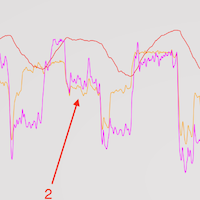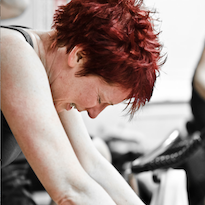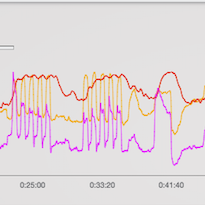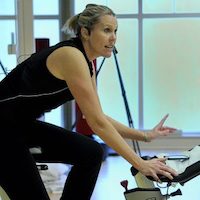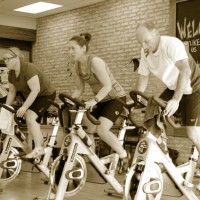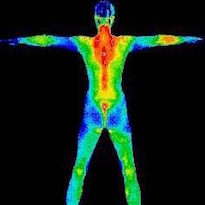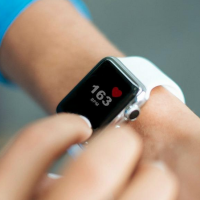Analyze These Two Interval Profiles
Here are the power files from two different riders in an interval class. Can you tell me what the purpose of the class is by looking at the cadence, power, and heart rate? One file is how the effort should look; the other is someone who struggled a bit. Can you guess why? How might this impact your teaching?Read more…

